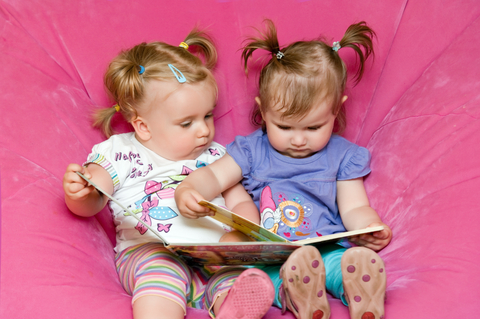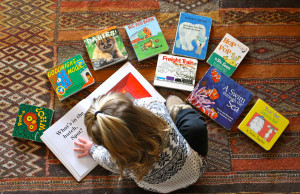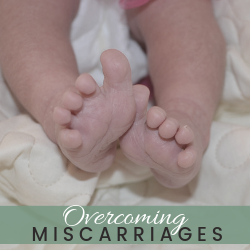Teaching your toddler to become a good reader is simply a matter of building the right foundation!
It’s true that no building will stand without the proper foundation being laid, and as a mommy you are a master builder! Your child’s education begins at home with you, and it starts the moment life begins! You teach your child everything from finding food to sitting, to crawling, walking, talking, and – YES – even reading! Don’t write-off the idea so soon; instead, grab a pen and paper and add these tools to your collection. Soon you’ll be constructing a love for learning!
5 Building Blocks for Your Future Reader
BLOCK #1: Make Reading a Daily Routine
Making reading a part of your daily routine is going to help your little one acquire the information and skills needed to succeed in school and life. Yes – it’s that powerful! Reading aloud to your child will expose them to the world in which they live, and help them to understand it. It will create awareness of the relationship between sound and print, and increase their vocabulary. It will also engage their imagination, and develop in them a love for learning.
Consistency is key! Reading daily is much simpler than you might think, and you can make it an experience that is fun and special for you toddler. Establish regular times to read, like before bed, and look for other opportunities throughout the day:
- Get cozy with a good book in the morning before the day starts.
- Read before a nap to help settle your little one down.
- Read during snack time.
- Read anytime your child brings you a book.
BLOCK #2: Read Age-Appropriate Books
Age is a big factor in selecting the right type of book that will create an enjoyable experience for both you and your child. Today you can find many good books available that will suit your baby’s stage of development. For babies and toddlers you’ll want to look for:
- Books that are easy to manipulate for little hands
- Books that are durable (e.g. plastic books or board books)
- Age-appropriate subjects (think animals, numbers, family, alphabet, etc.)
- Simple, uncluttered illustrations or photos
In addition to selecting age-appropriate books, use YOUR child’s interests and imagination to drive your reading selections. They will enjoy looking at books about things that they are curious about in their world!
BLOCK #3: Read with Expression
The value of reading right cannot be emphasized enough! The more excited and animated you are when reading to your child, the more excited they will be to listen. Are there multiple characters in the book? Give them different voices. Are you asking a question or making a statement? Change your tone to match the sentence. Are there certain emotions being expressed? Express that emotion in your voice (sadness, happiness, anger, surprise, excitement) to help bring the story to life.
Why is this important? Reading with expression will help your child to relate the book you are reading to what they are experiencing in their every day life. It will also help early readers with comprehension as meaning is added to the printed word.
If you are not the “animated type,” don’t worry. You can think outside the box:
- Ask an older sibling to read to your little one.
- Enlist the help of your spouse or other relatives.
- Consider audio books for children.
- Practice reading the story with expression before you read it to your child.
BLOCK #4: Make it a “Hands-On” Experience
It’s no surprise that a toddler is “hands-on.” Rather than fighting against that natural curiosity, guide it in the right direction! Allow your child to turn the pages of the book, to hold it and explore it before you might even read the text. If there are parts of the pages that are fuzzy, or soft, or provide some sort of tactile experience, take your toddler’s hand and guide it to “feel” the book.
My 18 month old loves to read The Very Hungry Caterpillar by Eric Carle. One of the main reasons he loves this book is because we stick his little fingers in the holes where the caterpillar “ate through” his food. His favorite day in the book is Saturday, where he gets to touch the chocolate cake, the ice cream cone, the lollipop – you get my point. His hands get to explore the book and it makes it more enjoyable for him!
Another way to create a tactile experience is to use touch throughout the reading. For example, hold your child tight if it’s scary, tickle his sides if something silly happened, crawl your fingers on the side of her arm if there is a moment of suspense! Your toddler will love this and it will make your reading time special.
Block #5: Be Patient!
Your patience is included as a key to future reading success because it will be required on the journey! Initially you may feel that your child shows no interest in reading at all and you may be tempted to get discouraged – BE PATIENT. Every child develops at a different pace so don’t compare your experience to someone else’s. Be consistent and adaptable.
Your little one may bring you his or her favorite book to read over, and over, and over, and over again – BE PATIENT! Reading the same story frequently is exciting to your little one. Before you turn the page they “know what’s coming,” and may even learn some of the words through the repetition.
When your child really gets into the “nuts and bolts” of reading in school, there may be times of frustration – BE PATIENT! All of your efforts are well worth it!
Now go, master builder, and use these building blocks to lay a solid foundation for your future reader! You CAN teach your toddler!






